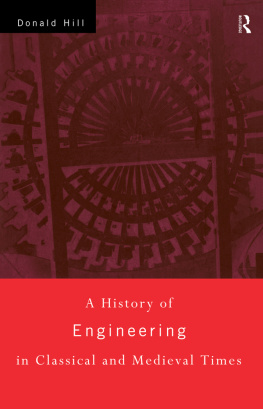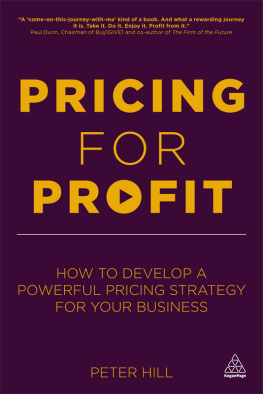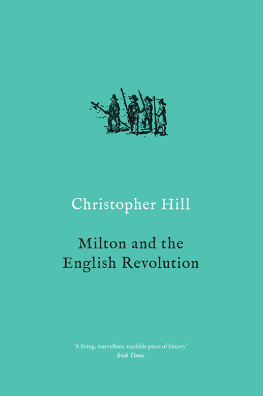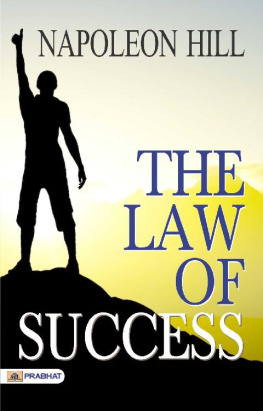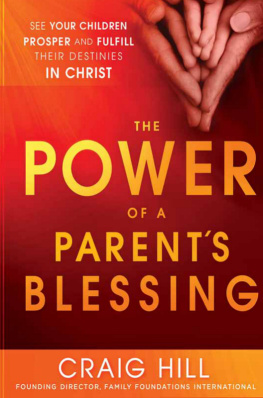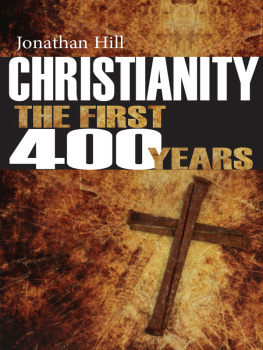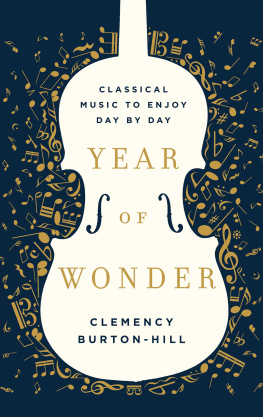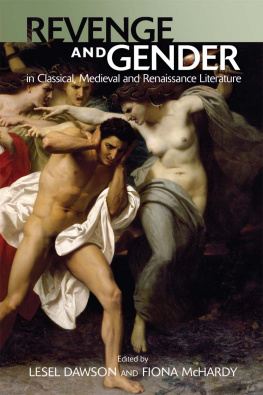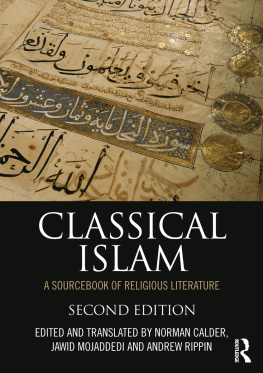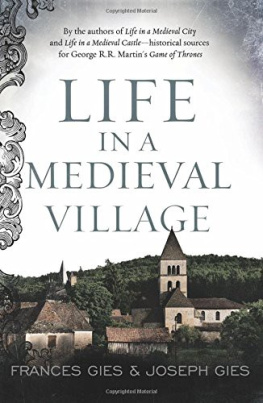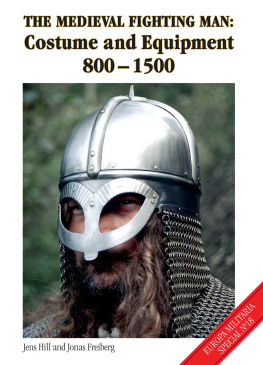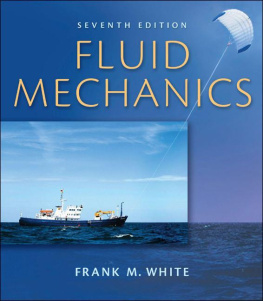Hill - A History of Engineering in Classical and Medieval Times
Here you can read online Hill - A History of Engineering in Classical and Medieval Times full text of the book (entire story) in english for free. Download pdf and epub, get meaning, cover and reviews about this ebook. City: London, year: 2002, publisher: Taylor and Francis;Routledge, genre: Science fiction. Description of the work, (preface) as well as reviews are available. Best literature library LitArk.com created for fans of good reading and offers a wide selection of genres:
Romance novel
Science fiction
Adventure
Detective
Science
History
Home and family
Prose
Art
Politics
Computer
Non-fiction
Religion
Business
Children
Humor
Choose a favorite category and find really read worthwhile books. Enjoy immersion in the world of imagination, feel the emotions of the characters or learn something new for yourself, make an fascinating discovery.
- Book:A History of Engineering in Classical and Medieval Times
- Author:
- Publisher:Taylor and Francis;Routledge
- Genre:
- Year:2002
- City:London
- Rating:5 / 5
- Favourites:Add to favourites
- Your mark:
- 100
- 1
- 2
- 3
- 4
- 5
A History of Engineering in Classical and Medieval Times: summary, description and annotation
We offer to read an annotation, description, summary or preface (depends on what the author of the book "A History of Engineering in Classical and Medieval Times" wrote himself). If you haven't found the necessary information about the book — write in the comments, we will try to find it.
Hill: author's other books
Who wrote A History of Engineering in Classical and Medieval Times? Find out the surname, the name of the author of the book and a list of all author's works by series.
A History of Engineering in Classical and Medieval Times — read online for free the complete book (whole text) full work
Below is the text of the book, divided by pages. System saving the place of the last page read, allows you to conveniently read the book "A History of Engineering in Classical and Medieval Times" online for free, without having to search again every time where you left off. Put a bookmark, and you can go to the page where you finished reading at any time.
Font size:
Interval:
Bookmark:
A HISTORY OF ENGINEERING IN CLASSICAL AND MEDIEVAL TIMES
A HISTORY OF ENGINEERING IN CLASSICAL AND MEDIEVAL TIMES
Donald Hill

First published in Great Britain 1984 by Croom Helm
First published in the USA 1984 by Open Court
Re-issued in paperback 1996
by Routledge
2 Park Square, Milton Park, Abingdon, Oxon, OX14 4RN
Simultaneously published in the USA and Canada
by Routledge
270 Madison Ave, New York NY 10016
Transferred to Digital Printing 2007
1984 D. R. Hill
1996 The Estate of D. R. Hill
All rights reserved. No part of this book may be reprinted or reproduced or utilized in any form or by any electronic, mechanical, or other means, now known or hereafter invented, including photocopying and recording, or in any information storage or retrieval system, without permission in writing from the publishers.
British Library Cataloguing in Publication Data
A catalogue record for this book is available from the British Library
Library of Congress Cataloguing in Publication Data
A catalogue record for this book is available from the Library of Congress
ISBN 0415152917
Publishers Note
The publisher has gone to great lengths to ensure the quality of this reprint but points out that some imperfections in the original may be apparent
Contents



To the memory of Rose and Henry Hill

Only two abbreviations are used:
1. BG A means Biblioteca geographorum arabicorum. This is the title of a series of volumes of the works of Arab geographers published by Brill of Leiden. In the Notes and Bibliography, the details of individual volumes are given.
2. EI is used for The Encyclopaedia of Islam, 2nd edition, published jointly by E.J. Brill of Leiden and Luzac & Co., of London. The author, volume number and pages are specified in the Notes and Bibliography. The dates of the volumes are as follows: 1 (1960); 2 (1965); 3 (1971); 4 (1978); 5 started 1979, but not yet complete. Supplement to volumes 13, started 1979, also not yet complete.
Transliteration of Arabic
The transliteration system of The Encyclopaedia of Islam has been followed, with three exceptions: j not dj is used for jim; q not k is used for qaf.
Consonants which are single in Arabic and double in Roman e.g. kh and sh are not underlined. Also, diacritical points under letters are given in authors names in the Bibliography, but not in text or notes.

from The Astrolabe by Harold N. Saunders (Bude, Cornwall, 1971) Mr Saunders kindly supplied the drawing and gave permission to publish. The remaining illustrations were drawn by the author.
All the Plates were supplied by Dr Norman Smith, who also kindly gave permission to publish.

This book describes the important engineering achievements of the peoples of Europe and western Asia in the period from 600 BC to AD 1450. A large area and a long time; some omissions were inevitable. These include military engineering, which requires a book to itself, and also a wide range of devices, textile machinery for example, that were largely manually operated. Even so, a process of selection and condensation had to be applied to every chapter in order (it is hoped) to leave the essentials intact. This is a technical history of engineering social and economic factors are referred to only when they can throw light upon engineering developments. The History of Technology is a discipline in its own right, and should not be seen simply as an adjunct to other branches of history. Certainly, historians working in other fields need the findings of historians of technology, but they should be able to rely upon those findings. It is useless to construct a model of technology and society in a given culture, if the technological data used are faulty. One aspect of this work is concerned with origins and diffusions, and another with what was being originated and diffused. Considerable attention is therefore paid to descriptions of techniques and machines.
The task of the historian of technology has been eased in recent years by the publication of texts and translations of source material, papers and monographs on particular topics and a few very good works of synthesis. My researches have included all these types of material but, clearly, not everything that is available. There comes a point, in preparing a work of this nature, when a halt must be called to further research, otherwise the book would never be written. I have tried to treat the area as a cultural whole, since I believe it to be so. I have therefore paid more attention than is usual to Islamic achievements, in an attempt to present a balanced view of engineering developments in the classical and medieval period.
I acknowledge with gratitude the generosity of The Royal Society in furnishing me with a grant to assist me in the preparation of this work. I wish to thank my friend Dr Norman Smith, of Imperial College, for providing me with illustrations and also for reading . His comments were very valuable, but the responsibility for any remaining errors or inconsistencies is, of course, mine. I am very gateful to Dr Thorkild Schiler for sending me some of his own excellent drawings of water-raising machines, and for allowing me to publish them. Professor Derek de Solla Price, of Yale University, kindly allowed me to use an illustration of the Antikythera mechanism; for this, and for his advice and encouragement, I am sincerely grateful.
I also wish to thank my friend Professor Osker von Hinber, of the University of Freiburg, for his advice on Indian culture and for providing me with books which would otherwise not have been available to me. I have found it a pleasure to work with the staff of Croom Helm, in particular Peter Sowden, and I thank them for their assistance, and for the quality of the production. I have found the library staff of the University of London and the Institute of Historical Research, both in Senate House, and of the Royal Asiatic Society consistently courteous and helpful. I am grateful to Dr John Watson of Great Bookham, who gave prompt and effective help when my health was jeopardised by pressure of work.
My dear wife Pat knows the depth of my feelings for her; this book could not have been written without her unfailing support and encouragement.

The Background
A reference framework is required in order to locate events in time and space. With some contractions and omissions, shows the conventional divisions for the classical and medieval periods. Even before the birth of the idea of nationality, it is quite acceptable to refer to specific countries, such as Greece and Italy, whose boundaries are well defined. It is also usual to refer to areas in which there is felt to have been some degree of cultural unity for example, the Roman Empire and Islam. Sometimes space and time are embraced by one image: the Roman Empire can mean either the first four centuries of our era or the area under Roman dominion. Used with care, these concepts have value for some historical purposes, but they can be very misleading. In the first place, we have to bear in mind the shifting of frontiers; in AD 750, for example, the Iberian peninsula was predominantly Muslim while Asia Minor was Christian by 1450 the reverse was the case. Also, and this can be more serious, the conventional divisions are associated most closely with political and military realities, and often have little bearing on intellectual or social activities. When we think of Roman literature, the names of Tacitus, Virgil and Horace come to our minds, but in the richer, more populous East the languages were Greek, Syriac, Coptic and Aramaic. Most of the literary and scientific writings, in the eastern part of the Roman Empire, were in the first two of these languages. There can be no doubt, however, that the Roman period has distinctive features that justify its special place in history. The Romans were pre-eminent in the fields of organisation, administration, public works and domestic comfort. Their standards were not equalled in these respects until the nineteenth century.
Next pageFont size:
Interval:
Bookmark:
Similar books «A History of Engineering in Classical and Medieval Times»
Look at similar books to A History of Engineering in Classical and Medieval Times. We have selected literature similar in name and meaning in the hope of providing readers with more options to find new, interesting, not yet read works.
Discussion, reviews of the book A History of Engineering in Classical and Medieval Times and just readers' own opinions. Leave your comments, write what you think about the work, its meaning or the main characters. Specify what exactly you liked and what you didn't like, and why you think so.

